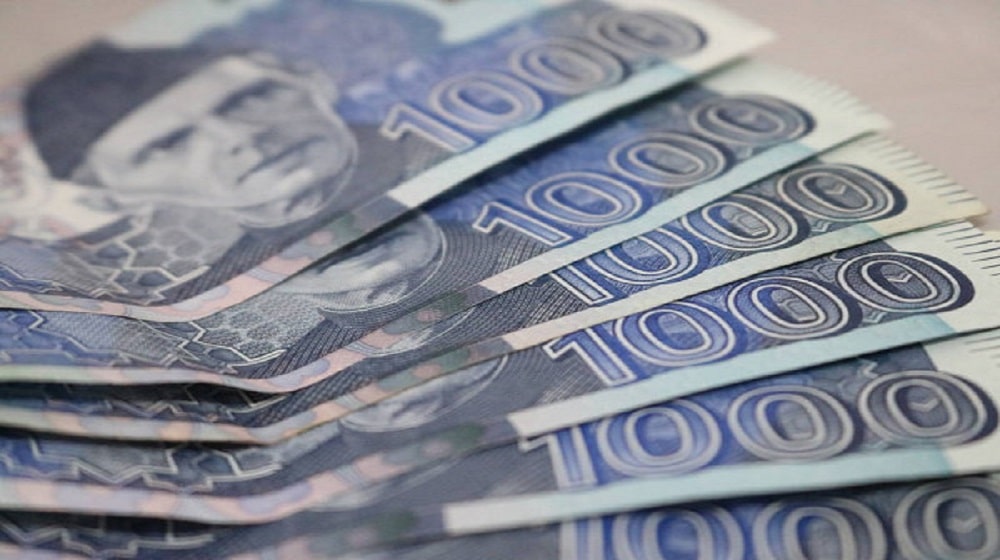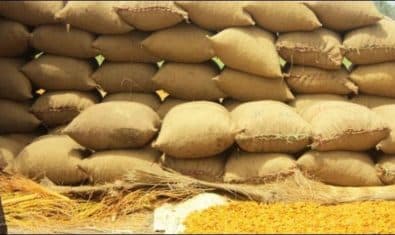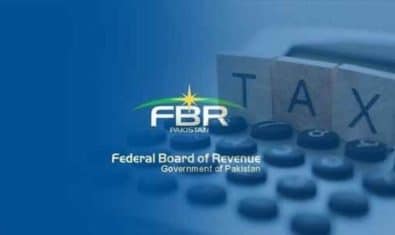The investment of the banking industry crossed the benchmark of Rs. 15 trillion by the end of March 2022 on the improved margins offered by government securities and Sukuks.
The investment of the banking sector stood at Rs. 12.25 trillion last year by end of March 2021 with a 20 percent year-on-year growth whereas it stood at Rs. 14.54 trillion by end of February 2022 depicting over 3 percent growth.
The investment of banks is actually lending to the government in other words through T-bills and Pakistan Investment Bonds (PIBs) and Sukuks. Besides, commercial banks also invest in private term finance certificates, term deposit certificates, and mutual funds.
As the policy rates were revised, not only the margins of the government securities improved significantly but the deposits and saving rates also went up which also attracted customers to park their investments in financial products.
The bank deposit grew by a notable 14 percent over the past year to Rs. 20.27 trillion in March, according to SBP’s data.
The deposits have maintained growth momentum mainly due to increased inflow of workers’ remittances sent home by overseas Pakistanis and rupee depreciation against the US dollar.
The overseas Pakistanis sent record high workers’ remittances worth $2.8 billion in March. They translated to Rs. 518 billion at a rupee-dollar exchange rate of Rs. 185 per dollar as part of the inflows goes into deposits every month.
The commercial banks’ investment to deposit ratio (IDR) – deposits lent to the government through acquiring government papers – surged aggressively by 321 basis points to 73 percent in March compared to the same month of the last year, AHL reported.
The growth in IDR and cut-off yields both suggest that the government is heavily relying on domestic institutional financing to overcome the budgetary shortfall.
The commercial bank credit to the private sector also maintained an uptrend. Banks’ advances rose 20 percent to Rs. 10.33 trillion in March.
The growth in advances (credit to the private sector) surged mainly due to the introduction of concessionary and subsidized loan schemes for businesses and households, said Ismail Iqbal Securities Head of Research Fahad Rauf.
The concessionary and subsidized loan schemes included a temporary economic refinance facility (TERF) for industries to expand their existing businesses and set up new ones, low-cost house financing like Mera Ghar Mera Pakistan, an export finance scheme (EFS), and a long-term finance facility (LTFF) for import of machinery and supply of working capital.






















